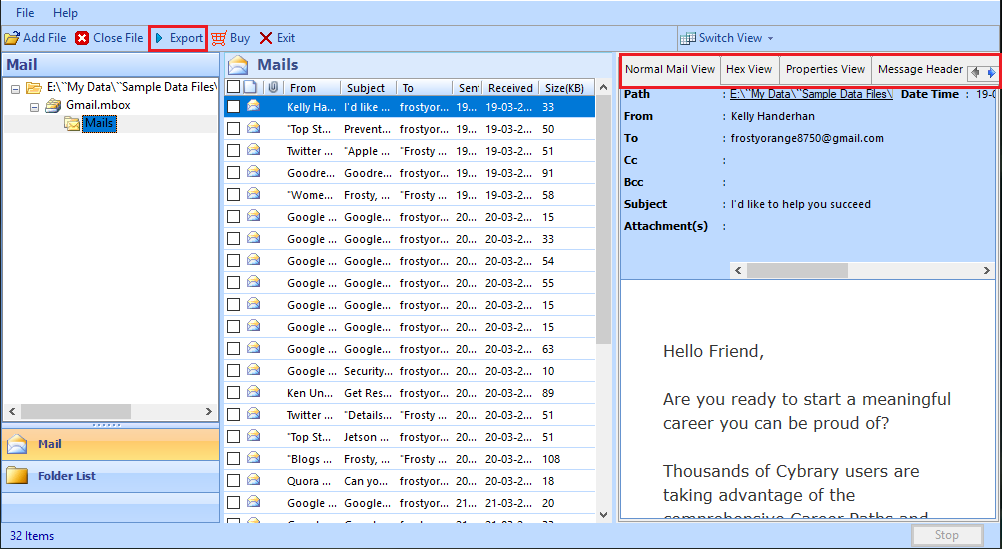
If you are unfamiliar with this dialog, simply press OK. Select the mail profile for which you want to backup its Quick Steps.

This is because Quick Steps are stored in a “hidden folder” within your mailbox or pst-file. In order to backup and restore Quick Steps, you’ll need to make use of MFCMAPI. However, it is however important to do this in the correct way or else they still could get lost.įor details see: Restoring a pst-file of a POP3 account on a new computer. When you are using a POP3 account and reuse your original pst-file on your new computer, your Quick Steps will also be retained. Quick Steps in Exchange and POP3 mailboxesĪs Quick Steps are stored within the mailbox itself, your Quick Steps will still be there when you configure your Exchange account on your new computer No special action is needed. Some Quick Steps backups can even be shared and be used with different mailboxes without the need to reconfigure them.
EXPORT OUTLOOK 2016 ACCOUNT SETTINGS HOW TO
However, no matter which account type you are using, when you heavily depend on a certain feature or configuration, it is always good to know how to back up and restore it in case needed. This actually makes it really easy to migrate them for Exchange and POP3 users but quite a bit harder for IMAP accounts. Quick Steps are not saved as separate files on your disk but within the mailbox itself. How do I copy the Quick Steps from one computer to the other? I now have a new Windows 11 computer with Outlook 365 on it.

EXPORT OUTLOOK 2016 ACCOUNT SETTINGS WINDOWS 7
I’ve created quite a few Quick Steps in Outlook 2013 on my Windows 7 computer with various template replies and actions.


 0 kommentar(er)
0 kommentar(er)
